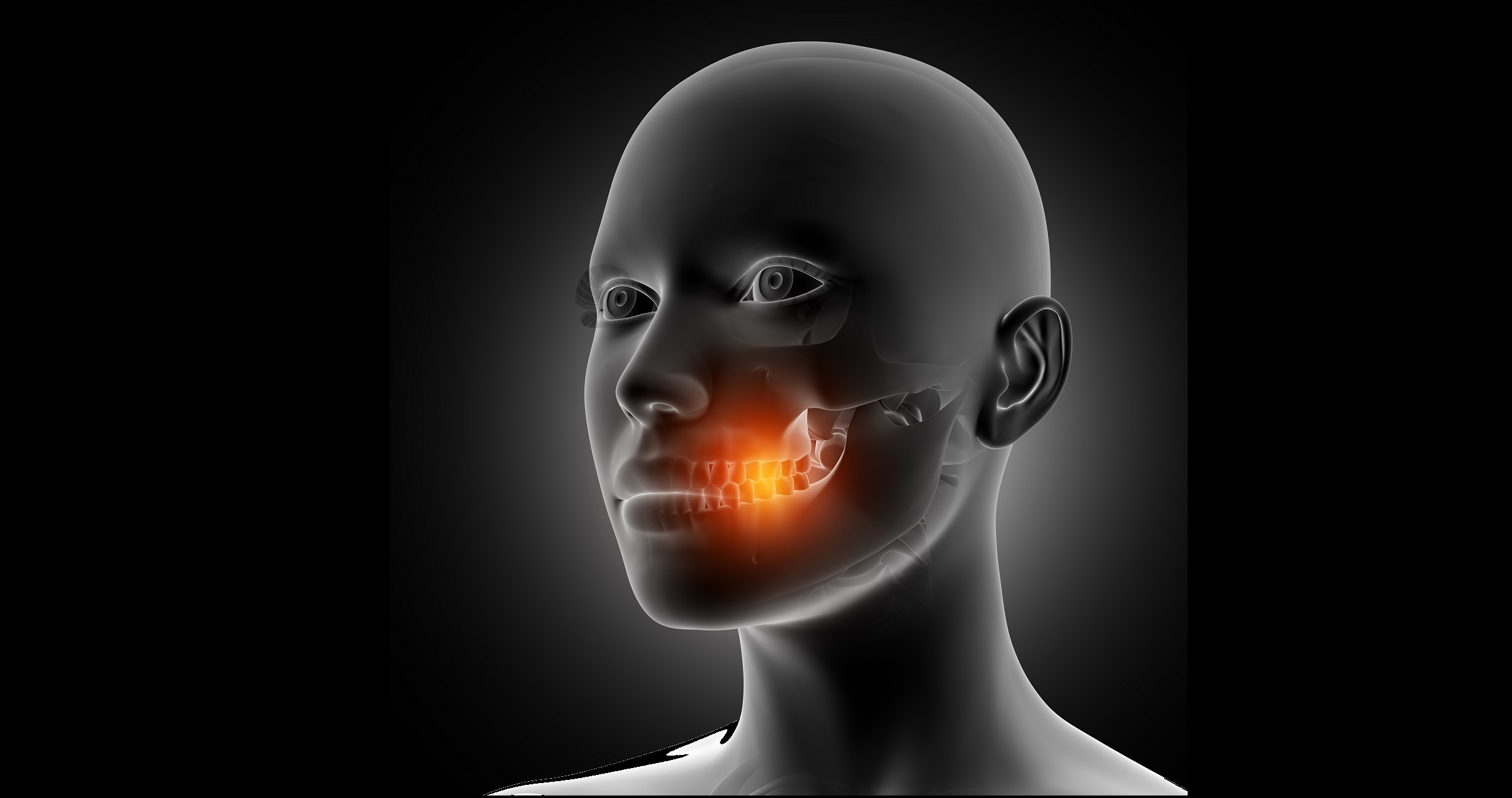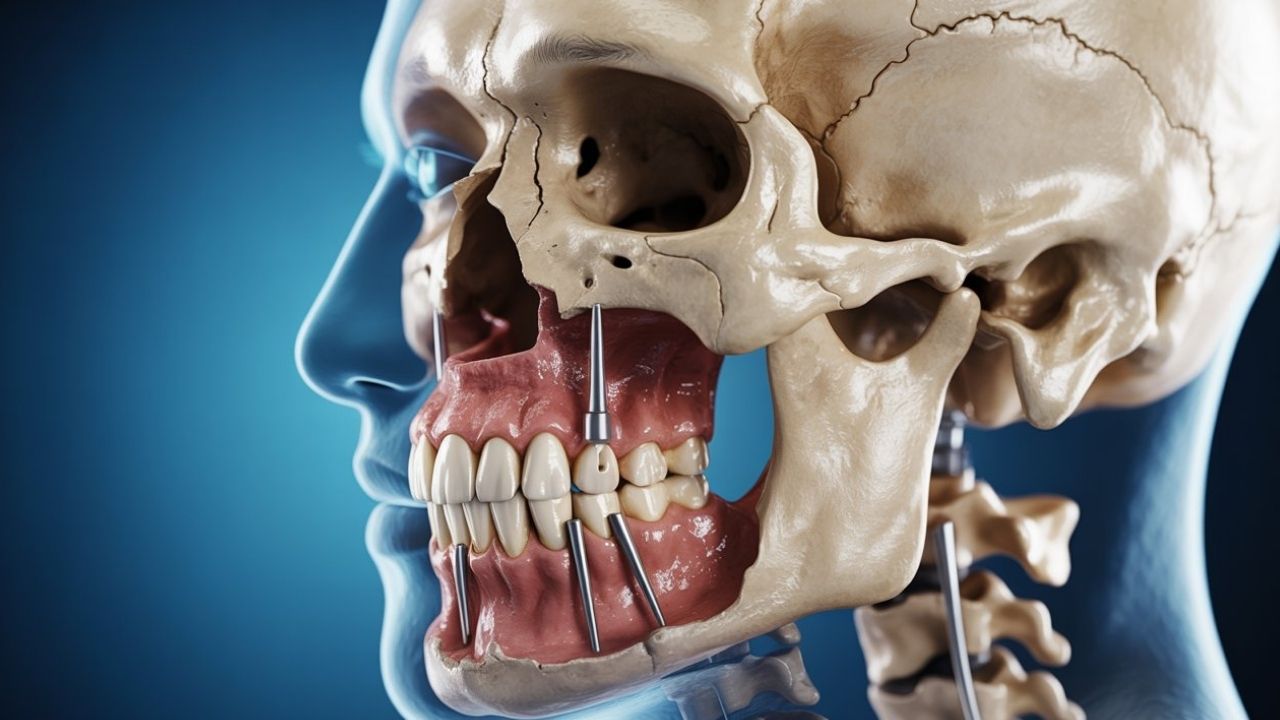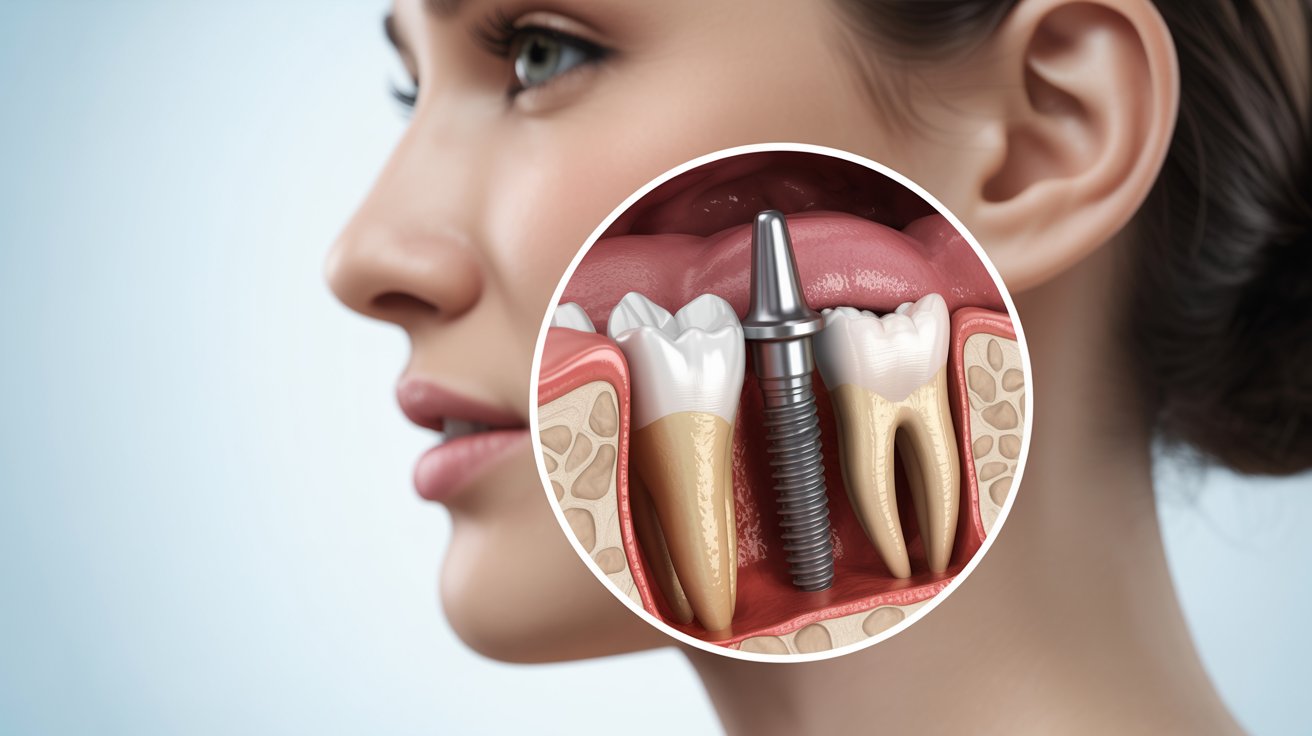What is a Zygoma Complex Fracture? The zygoma which is also known as the cheekbone, has a crucial role in both aesthetics and function. A zygomatic complex fracture is also called a zygomaticomaxillary complex fracture (ZMC). It is one of the most common midfacial injuries all around the world. Due to the fact that it has prominence and central location, the zygoma is particularly vulnerable to trauma.
In this blog you can find the key aspects of zygoma complex fracture such as; what they are, how they occur, how they’re diagnosed, and the approaches to treatment. Let’s see firstly what a zygoma complex fracture is.
What is Zygoma Complex Fracture?
A zygoma fracture is referring to a break involving the zygomatic bone and the surrounding structures. It articulates these structures with the maxilla, temporal bone, sphenoid, and frontal bone. Because of these connections, injuries to the zygoma often involve a combination of fractures across multiple bones. Also, it is affecting the midface contour and function.
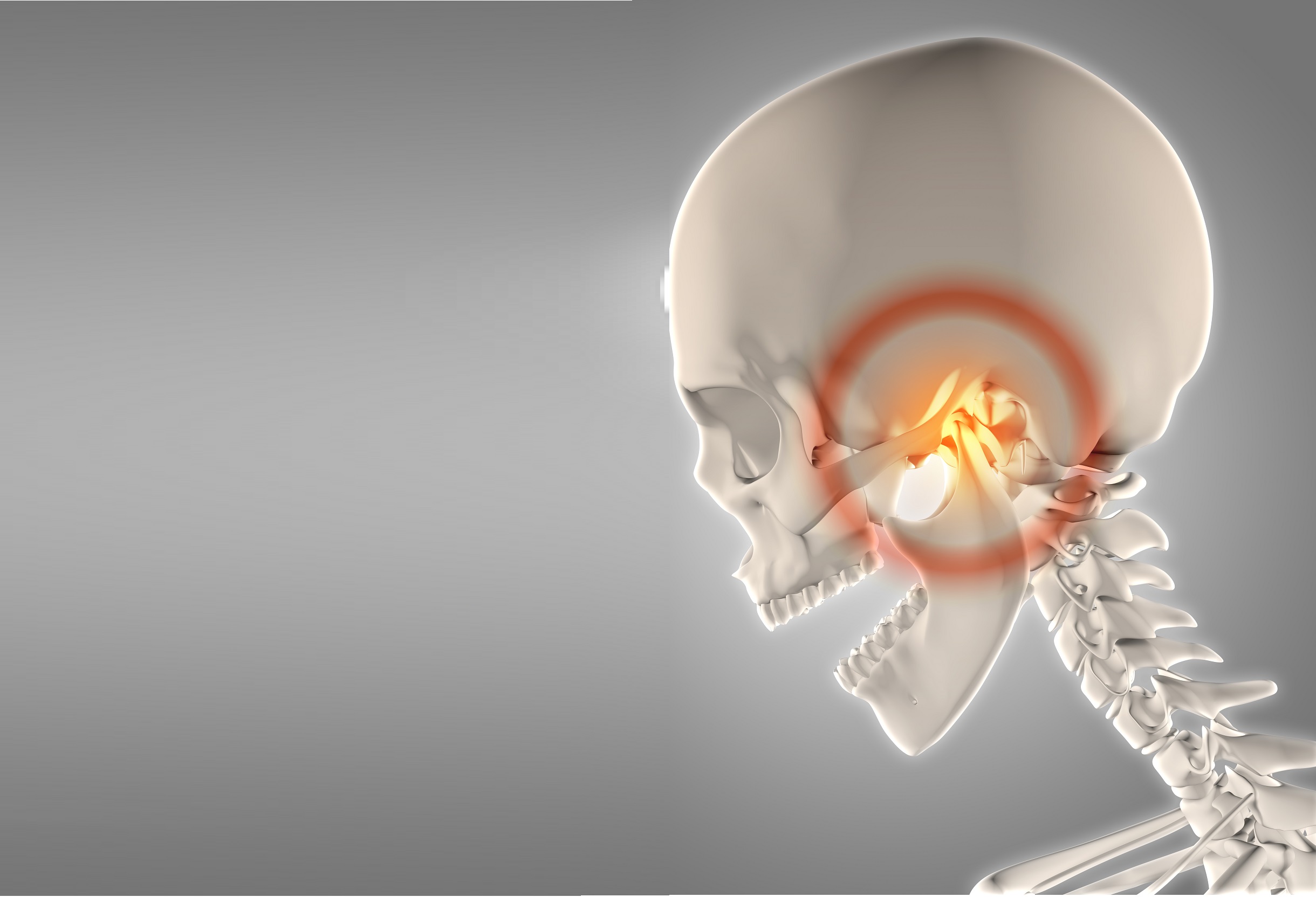
What are the Causes of Zygoma Complex Fracture?
The direction and force of the impact influence the pattern and severity of the fracture. And also, there are some causes that effect the zygoma complex fracture like;
|
|
|
|
|
So, what are the common symptoms of zygoma complex fracture?
Common Symptoms of Zygoma Complex Fracture
The clinical presentation of zygoma fracture can vary, but typical signs and symptoms including are like following:
|
|
|
|
|
|
|
But, what is the diagnosis of zygoma complex fracture?

Diagnosis of Zygoma Complex Fracture
Diagnosis of zygoma complex fracture divides into two such as: clinical examination and imaging studies. Clinical examination is asessing facila symmetry, nerve function, and ocular movement. On the other hand, imaging studies include CT scan and Plain X-rays.
Moreover, what are thr treatment options?
Treatment Options of Zygoma Complex Fracture
What are the treatment options of zygoma complex fracture? Treatment of zygoma complex fracture depends on the severity and displacement of the fracture. Let’s see the options in details:
1. Non-Surgical Management
The first treatment option of zygoma fracture is non-surgical management. It is eeserved for minimally displaced fractures without functional impairment. Also, it is the way of regular monitoring, analgesics, and avoidance of trauma.
2. Surgical Intervention
The second treatment option of zygoma fracture is surgical intervention. It is indicated in displaced fractures, cosmetic deformity, or functional issues.
Complications of Zygoma Complex Fracture
If the of Zygoma Fracture is untreated or improperly managed, it may lead some complications like persistent facial asymmetry, chronic sinus issues, diplopia or vision problems, trismus, and long-term nerve damage.
So, what about the recovery and and prognosis of of zygoma fracture?
Recovery and Prognosis of Zygoma Complex Fracture
Recovery varies depending on the extent of the injury and the treatment used. Most patients recover well with appropriate management. Post-operative swelling typically recovers in a few weeks, and full healing may take several months. Follow-up is essential to monitor for complications.
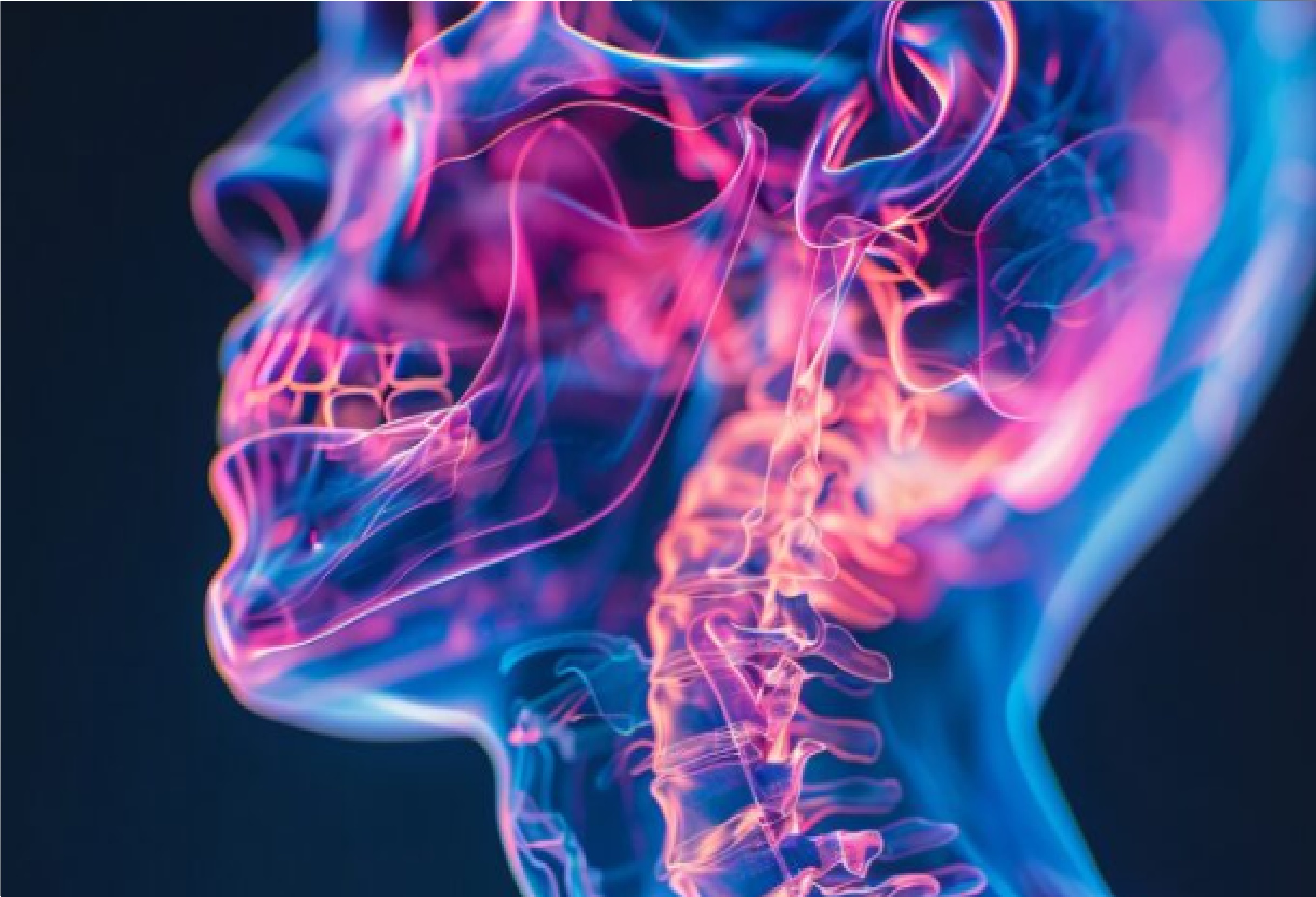
Everything about Zygoma Complex Fracture
Finally, zygoma fracture is serious injury. Also, it affects both the cosmetic appearance and essential functions like vision and jaw movement. Prompt recognition, accurate diagnosis, and timely treatment are key to optimal outcomes of zygoma complex fracture.
With advances in imaging and surgical techniques, patients today mostly have excellent functional and aesthetic recovery after zygoma complex fracture. We hardly recommend you to be seen by a Professional surgeon of zygoma. This is the best advice to be consider to have a healthy result.
Frequently Asked Questions (FAQs)
People have some questions in their minds about zygoma fracture. You can find the most common questions and detailed answers below.
1. Is Surgery Always Required for a Zygoma Fracture?
No, Not always surgery is required for zygoma bone fracture. Surgical treatment is considered when:
- There is cosmetic deformity
- Double vision or eye movement restriction
- Significant displacement of the bone
- Nerve dysfunction or jaw issues
2. What is the Recovery Time After Treatment?
Initial recovery takes 1-2 weeks. Besides full bone healing lasts 6-8 weeks. Swelling and bruising may last within a few weeks.
3. Will There Be Scarring After Surgery?
In some cases, minor visible scars may occur ,but mostly fade over time.
4. Can Zygoma Fractures Be Prevented?
It is not always preventable, but you can reduce risk by wearing helmets during high-impact sports or biking, using seatbelts in vehicles, taking precautions to avoid falls.
